Using old driveway as garden/patio -- need ideas!
Trish
13 years ago
Related Stories

GRASSES10 Ways to Use Ornamental Grasses in the Landscape
These low-maintenance plants can add beauty, texture and privacy to any size garden
Full Story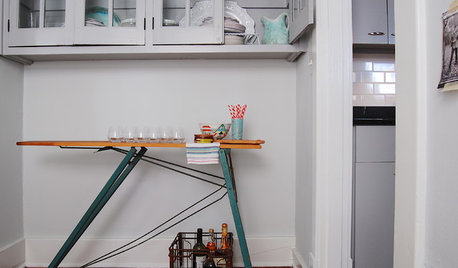
DECORATING GUIDESPractical New Uses for 23 Old Things
Junk? What junk? Those things cluttering up your storage space are home solutions waiting to happen
Full Story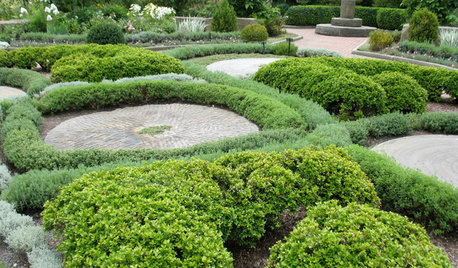
LANDSCAPE DESIGN5 Great Garden Uses for Granite Millstones
Give your yard character and history with a salvaged circular stone used as a patio, seat, fountain or focal point
Full Story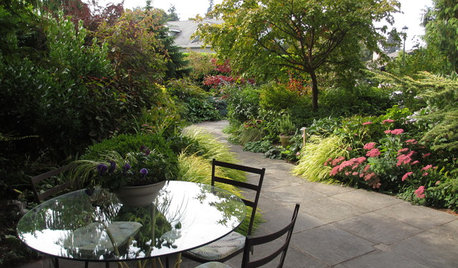
PATIOSLandscape Paving 101: How to Use Bluestone in Your Garden
Classy bluestone is a great paving material for both modern and rustic patios and paths
Full Story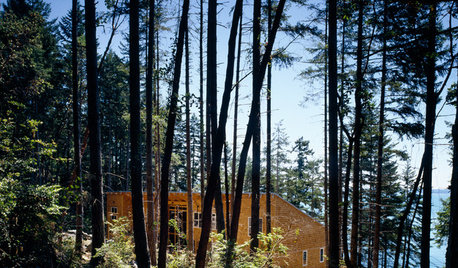
LANDSCAPE DESIGNHow to Use Scrim to Add a Seductive Quality to Your Garden
Your garden may be asking for depth and intrigue. Give it what it wants
Full Story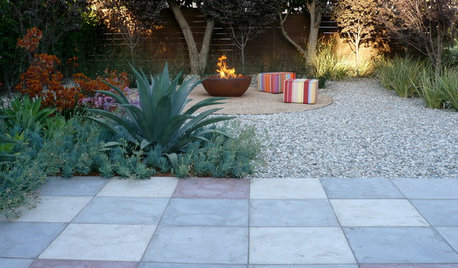
MATERIALSPrecast Concrete Pavers Make a Versatile Surface in the Garden
You can use concrete pavers in a variety of shapes and colors for your patio, walkway, driveway and more
Full Story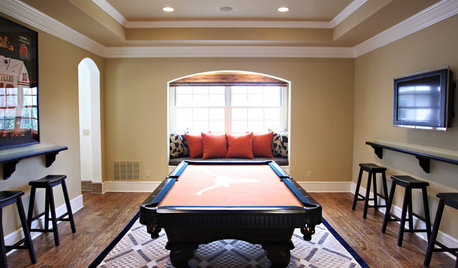
DINING ROOMSOld Dining Room, New Use
Is your dining room feeling neglected? Transform that valuable space into an office, pool room, library or lounge
Full Story
LANDSCAPE DESIGNSee 5 Unexpected Ways to Use Vines
Vines can grow over slopes, trail off pergolas and add seasonal color to the garden
Full Story
LANDSCAPE DESIGNThe 7 Best Plant Types for Creating Privacy and How to Use Them
Follow these tips for using different kinds of plants as living privacy screens
Full Story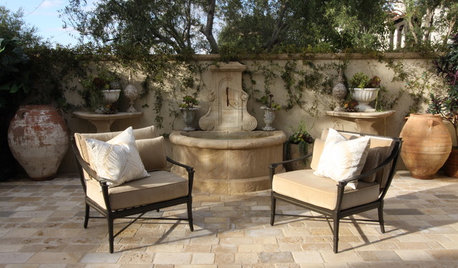
PATIOSLandscape Paving 101: How to Use Limestone for Your Patio
Limestone stands the test of time and works in both contemporary and classic landscape designs
Full Story





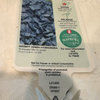
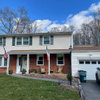
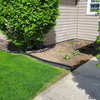
karinl
missingtheobvious
Related Professionals
Salisbury Landscape Architects & Landscape Designers · Signal Hill Landscape Architects & Landscape Designers · Mooresville Landscape Contractors · Dickinson Landscape Contractors · Galt Landscape Contractors · Hannibal Landscape Contractors · Washington Landscape Contractors · 07920 Landscape Contractors · New Carrollton Landscape Contractors · Goldenrod Landscape Contractors · Sun Valley Landscape Contractors · Bowie Decks, Patios & Outdoor Enclosures · Fort Myers Decks, Patios & Outdoor Enclosures · Pleasant Grove Decks, Patios & Outdoor Enclosures · Placerville Swimming Pool BuildersTrishOriginal Author
missingtheobvious